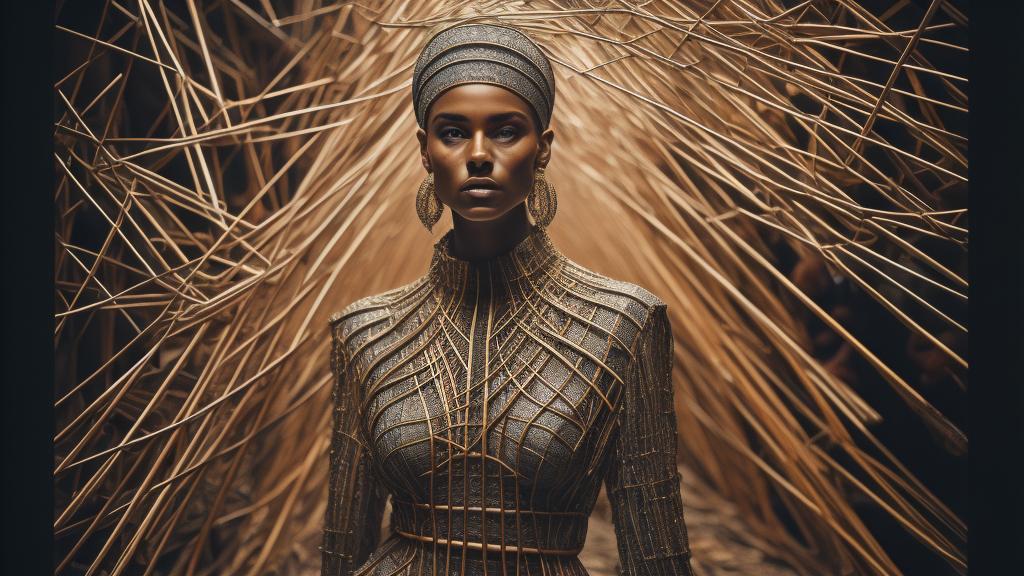In the ever-evolving world of fashion, one often over-examined but hard-to-define sector stands out: streetwear. This rebellion-in-clothes form of expression cuts across the preppy hegemony, comforts against the burdens of haute couture, and squares off confidently against the repetitiveness of fast fashion. But beneath its nonconformity lies a deep entanglement with yet another cultural force: music. Some might call it a revolution, and rightly so.
To understand the symbiosis between streetwear and music, let’s first look back at the roots when urban culture and rap music began shaping fashion. Enter the 1980s: the likes of Run-DMC were pioneering a new genre while lacing up in Adidas without laces. Their sartorial choices—tracksuits, baseball caps, and sunglasses—did more than just define their personal brands. They revolutionized fashion by introducing new stylistic sensibilities.
Fast forward to the present day, and the evolution is astoundingly visible. Figures like Kanye West and ASAP Rocky not only wear the clothes but also step into the designing game. Yeezy, Kanye's collaboration with Adidas, is a line so far removed from the ideas of conventional fashion that it's caused division in boardrooms as it flies off shelves. ASAP Rocky's influence with his ‘fashion killer’ ethos has elevated designer brands once exclusive to runways and red carpets to street cred king’s attires.
Social media has further intensified this relationship. Creators and consumers mingle in the spaces of Instagram, TikTok, and YouTube, where fashion and music meet in rhythm. These platforms act as democratizers, allowing brands both big and indie to reach global audiences. But it’s not mainstream celebrities alone that dictate this bond. Influencers—those unheralded voices with a solid finger on the cultural pulse—'drop’ looks and teach us how to piece together a closet that screams originality through their digital mixtapes.
The fashion show, a storied triumph of elite culture, finds its decorum shaken by tracks now. Music on these runways is strategic—crafted to match the rhythm and the feel of the lines being presented, creating a sensory experience as designers draw inspiration from all genres. When Virgil Abloh showcases for Louis Vuitton, he bypasses safe choices and fills the room with hip-hop and rap, triggering audible questions of ‘What’s the song list?’ parallel to ‘What’s the collection?’
This isn’t just fusion; it’s a language. One that’s understood best by brands like Supreme or the more recently notorious Off-White, who continue blending aesthetics, singling them out not just as designers but as curators of the cultural playlist. This streetwear-turned-high-fashion moment delights in its capacity for cultural references.
However, it isn't all leis; collaborations, sometimes, end in disruption. There lies a tension as corporations swim these waters, diluting authenticity in favor of profit. Critics point out the usurpation of culture—an achingly repetitive theme—as brands capitalize on cultural movements, shifting the focus from community-centered to consumer-centric.
So where does this leave the future? Within the realm of streetwear, expect an even tighter intersection with digital music. A realm where styles flood out of augmented reality fittings, playlists double as moodboards, and NFT collaborations redefine how we showcase our affinity for the arts.
Streetwear didn’t just marry music; it gave it a new wardrobe. As fans don clothes that sync with their playlists, they wear not just fabric, but a melodic revolution that stitches cultures, lyrics, and rhythms onto the garments of their world.
The streetwear revolution: how music is redefining fashion trends

